10 fascinating facts about this redwood forest hero and surfer of slime
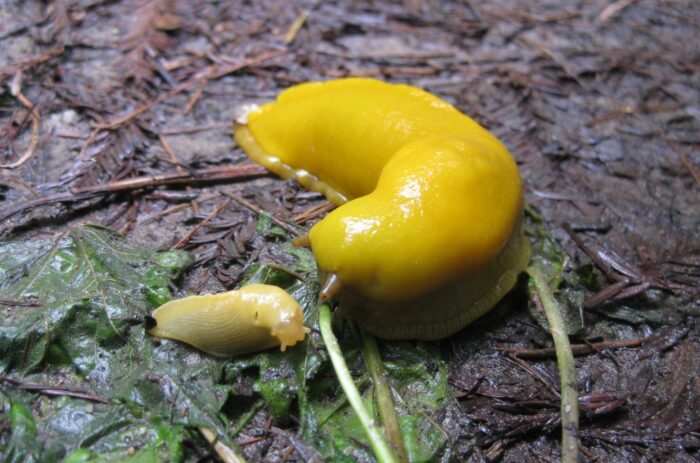
Slimy, yellow, impossibly slow, and so very beloved. The banana slug, humble hero of the redwoods, is finally getting the recognition it deserves. Thanks to Assembly Bill 1850, the iconic mollusk has been officially crowned California’s state slug. More than just a fruit-hued cutie, this golden gastropod plays a vital role in redwood ecosystems. It turns organic matter into nutrient-dense fertilizer, protects redwood saplings by chomping through competing plants, and disperses seeds on its glacially slow journeys across the forest floor.
You may already know a few banana slug basics: that their antennae sense light and movement like rudimentary “eyes”; that they breathe through a hole on the side of their head that they can close during stormy weather; that they’re hermaphrodites that sometimes fight aggressively before mating. But join us as we uncover even more surprising facts about North America’s largest and arguable coolest slug. As Governor Newsom stated upon signing AB 1850, “Every organism matters here—and it’s time we celebrated our less cuddly friends.”
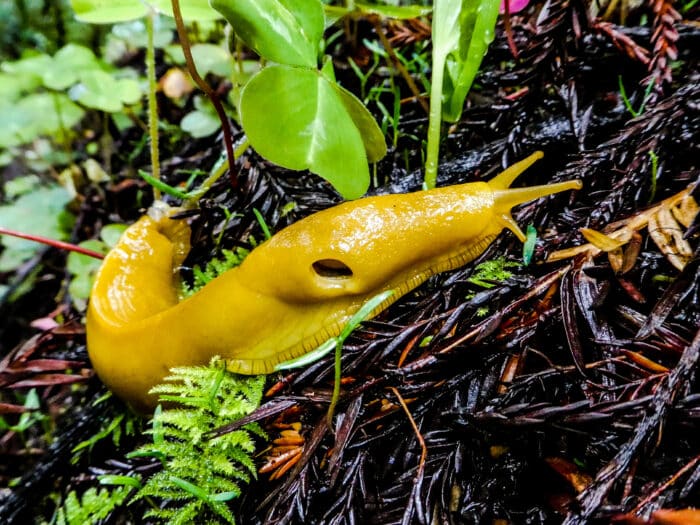
Where the banana slugs roam
Banana slugs, which belong to the genus Ariolimax, mostly live in the Pacific Coast’s temperate rainforests and fog zones from British Columbia to central California. But as reported in Bay Nature, a pair of UC Santa Cruz professors used genetic testing to discover that the banana slug range extends to some unexpected places. One species, Ariolimax columbianus, lives as far north as Juneau, Alaska. Two remnant species have settled down on mountaintops: one on Palomar Mountain in San Diego County and another on Fremont Peak along California’s Central Coast. And, most surprisingly, another species makes its home on Alcatraz Island, site of the infamous prison.
Body-surfing slugs
Like any good coastal resident, banana slugs like to ride the waves—or rather, their own slow, self-created ripples. Starting at the tail end and rippling toward the head, the muscles in a banana slug’s single foot contract and relax, propelling them forward. (Fun fact: Slugs can’t move backwards.) At the same time, their pedal gland produces the slime they surf upon.
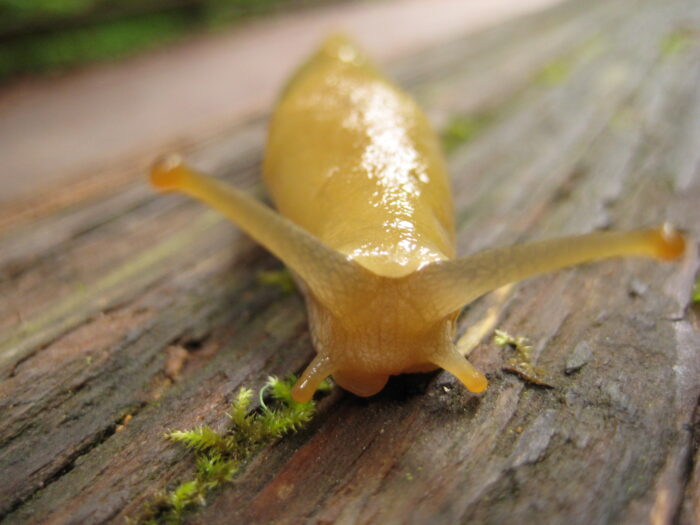
Climbing gear in the rear
If a banana slug climbs high in the forest and needs to get down, it has rappelling gear built right into its body. According to Bay Nature, banana slugs can create a slime cord from a mucus plug at the end of their tail. Like a Cirque du Soleil star, the slug dangles from the cord, slowly lowering itself to the ground.
Multipurpose mucus
Gooey banana slug slime actually starts out as dry granules that soak up moisture like super-powered sponges. Each granule can absorb 100 times its volume in water, giving the slug enough lubricant to glide over the rough forest floor. But slime, which is a liquid crystal, doesn’t just help slugs slide along; it also works as an adhesive, allowing them to vertically ascend to dizzying heights. Plus, this multipurpose mucus provides protection from predators such as snakes by numbing the predator’s throat and making swallowing difficult. (Just one of many reasons to avoid licking a banana slug). Finally, slugs use slime to pass pheromone-laced love notes to each other during mating season.
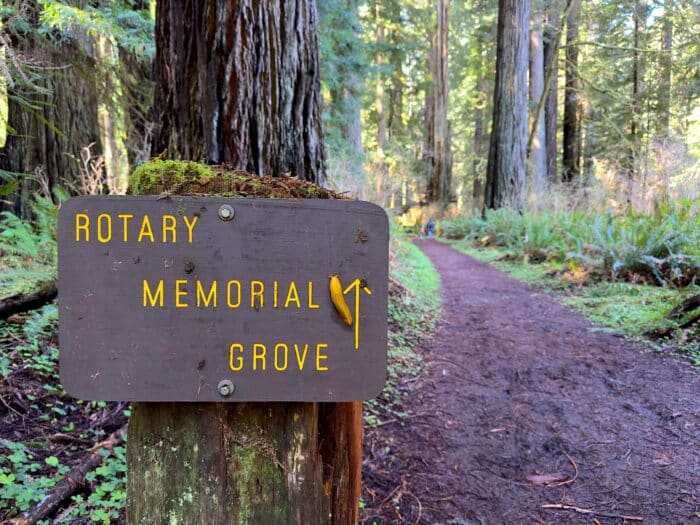
Protector of redwood trees
A mutualistic partnership flourishes between the towering coast redwood and the lowly banana slug. Despite their wide-ranging palate, banana slugs never feast on redwoods. Instead, they act like nurturing gardeners, weeding out (or rather, eating) competing plants and enabling redwood seedlings to reach their full potential. In return, mature redwoods help create the damp, shady microclimate that these slugs need to survive.
Colorful camouflage
You’d think that a bright-yellow slug would be easy to spot inching across the forest floor. But think again. The banana slug’s safety-vest-yellow hue provides surprisingly effective camouflage among the yellowing leaves and needles on the ground. Some slugs sport dark spots à la an overripe banana—which helps them better hide among the mottled, decaying leaves. These masters of disguise also occasionally come in shades of brown, green, and white.
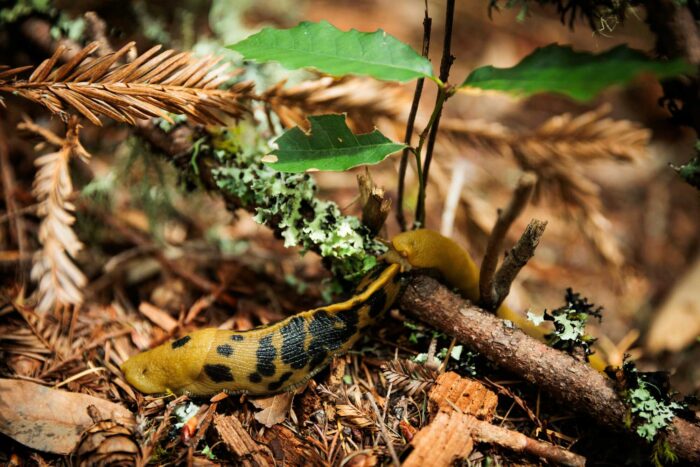
High-tech goo
Bioengineers are studying how to synthesize slug slime so that its many properties can enhance human lives. Imagine a surgical glue that’s totally flexible, super sticky, and biodegradable—and that can bond to raw tissue. How about a greenhouse that captures and releases water in the same way that a slug’s skin secretes mucus? Or a robot that can crawl along the ceiling? All of these creations are already in the works, thanks to the humble slug and its amazing slime.
Redwood forest clean-up crew
Banana slugs are unfussy composting machines. They’ll munch on pretty much anything they find on the forest floor—from leaves and mushroom spores to animal droppings and carcasses. They then turn this detritus into nutrient-rich fertilizer that helps the forest thrive.
These daring diners have even been known to nibble on the toxic death angel mushroom (Amanita ocreata), though their more mainstream tastes include raspberries, blackberries, and other fruit. Banana slugs may aid in seed dispersal as they carry these seeds along in their digestive system and then deposit them elsewhere.
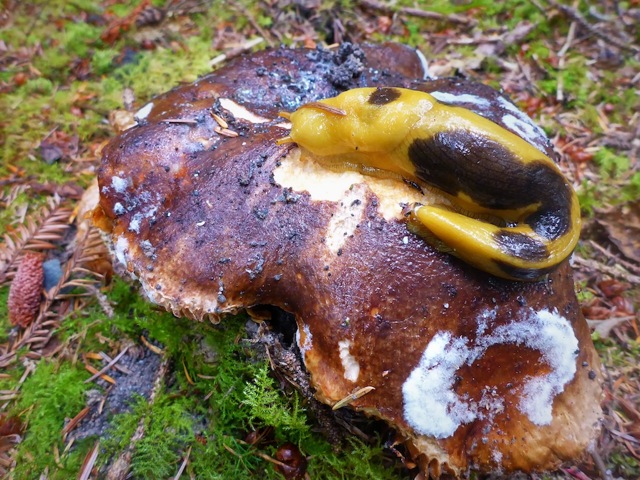
Sea lion vs. banana slug
Even before this gastropod’s glorious attributes became a matter of state record, the banana slug famously slid into the spotlight as UC Santa Cruz’s mascot. However, the slug’s status at the school wasn’t always so secure. In 1981, after UCSC joined NCAA Division III athletics, the chancellor anointed the sea lion as the school’s official mascot, deeming it a more dignified symbol. But the students had other ideas, and they continued to rally behind their slow-moving, spineless champion.
After five years of slugging it out, students overwhelmingly voted in favor of the brightly colored mollusk. The chancellor finally relented, and the university’s counterculture icon became its official mascot, Sammy the Slug.
Slow and steady
Forget the snail’s pace. When it comes to slow, few—if any—animals beat the unhurried banana slug. The leisurely mollusk tops out at around 30 feet per hour. One researcher clocked a large banana slug traveling just 3.25 inches an hour, noting that “At that rate, a tortoise would seem fleet-footed.” So if you’re looking for a reminder to slow down and appreciate the little things, the banana slug may be the perfect inspiration.
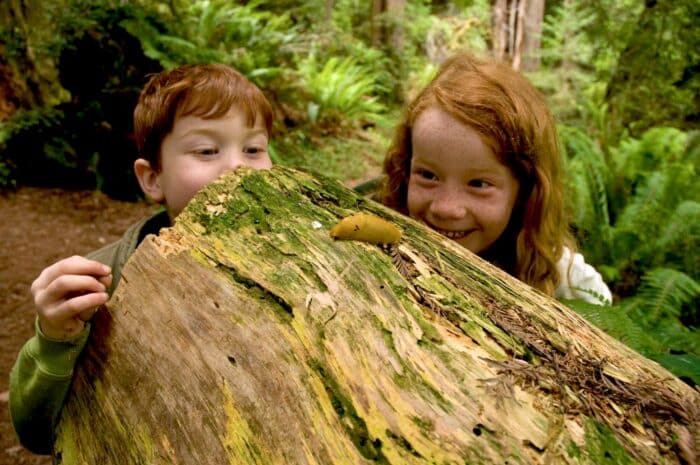

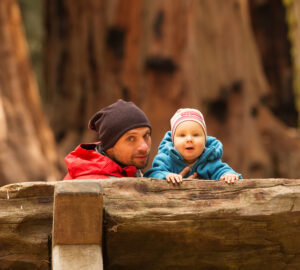
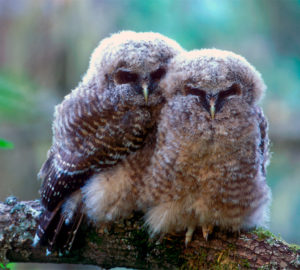
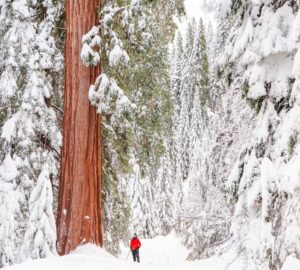
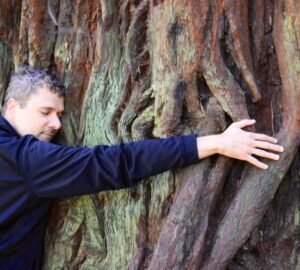
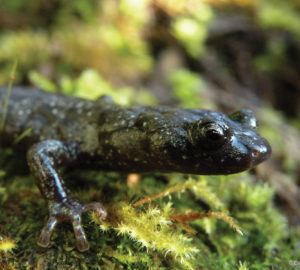

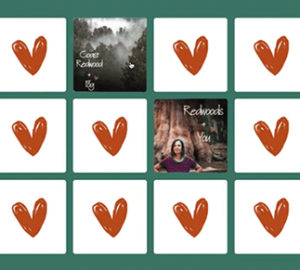
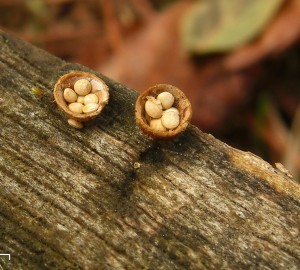
2 Responses to “All hail the banana slug, California’s new state symbol”
Cynthia L
As a UCSC alum, I’m so grateful that our beloved mascot is finally getting the respect it deserves😁 Thanks for a great article!
Rebecca Edwards
Thank you for this article! We Aussies have just encountered our first banana slug, in Armstrong Forest, and really enjoyed reading all the interesting attributes of this glorious mollusc.
Kind regards,
The Clarke Family